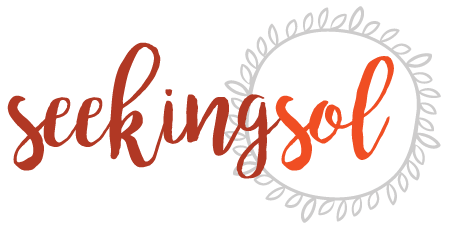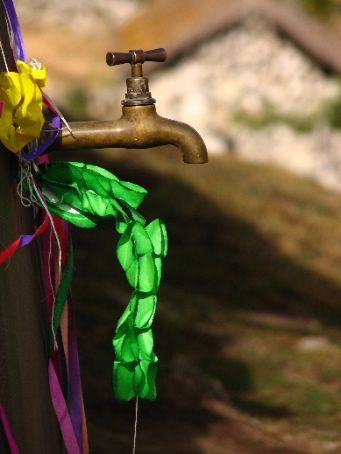
Before we leave the village of Quelqanqa , we take one last tour of the sites laying (quite physical) tribute to the successes of our manual labor. We walk down the valley to visit the new stone bridge and draw our names in a small patch of its still-soft cement. And then we turn around and follow a mile of trenching up towards the reservoir, stopping at one of the houses along the way to, ceremonially, turn on the tap for the first time.
As I strap and snap myself into my backpack and double-knot the laces of my boots, I recognize that I am- all at once – dirty, satisfied, exhausted, excited and ready and sad to leave. I can’t avoid the allusion to the trip being a mountain range of emotions; physical symptoms, energy levels and sentiments that have risen and descended in just as dramatic elevations as those we’ve climbed.
There is a final Andean value which is appropriate, now, to introduce: ayni. Ayni refers to reciprocity and the exchange of kindness, knowledge and/or labor between humans, nature, spirits and the environment.
On my plane back home from Peru, the flight attendant passes a UNICEF donation tin down the isles and through the passengers. And as the coins jangle and make empty sounds in the metal bin, I can’t help but hear an absence of ayni in the transaction. We name it a “bridge”, or a “reservoir”, or a “community service project”, but its physical form — of concrete or water or stone – is never as important as its function as a channel. And I am very happy to borrow such a nice little word to name that channel and call it both the essence and highlight of my adventure in Peru: the exchange of kindness, between humans, nature, spirit and the environment.

